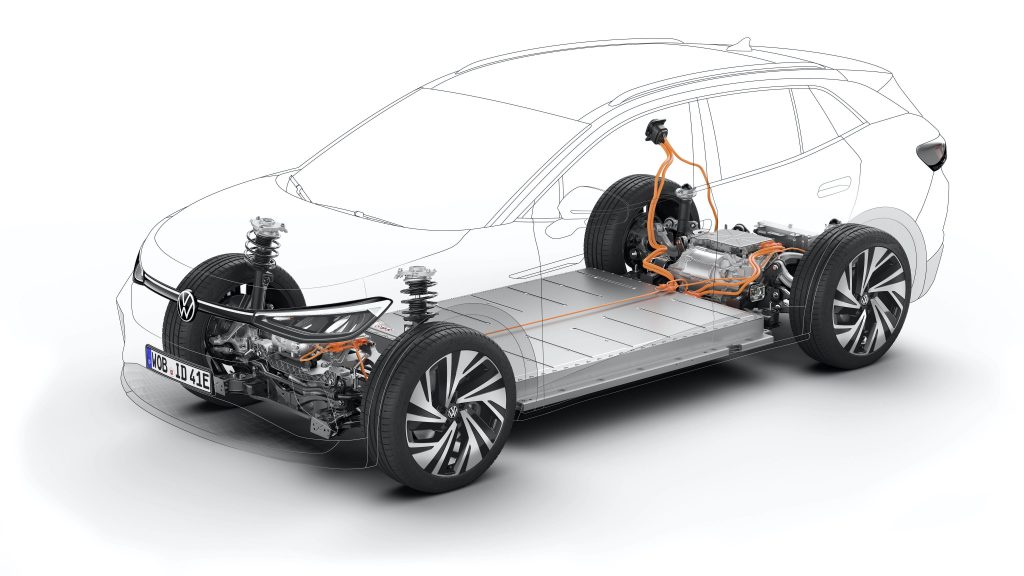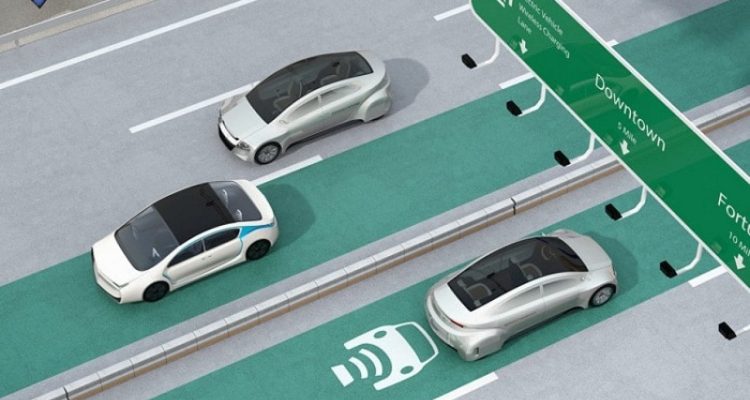Toyota has collaborated with a UK electricity provider, Western Power Distribution (WPD), to examine the efficacy of wireless EV charging provided by public roads.
The $740,000 study, created by WPD and called Dynamic Charging of Electric Vehicles (DynaCoV), will explore the practical limitations, opportunities and feasibility of wireless EV charging systems embedded in public road systems – as well as its influence on the electrical grid at scale.
Inductive – or “wireless” – charging replaces conventional wired ports with wireless pads (one ‘sender’, one ‘receiver’), and has been an increasingly popular focal point due to the increasing popularity of EVs and the technology’s proven ability in mobile phones.
However, while mobile phones require a constant contact point – via a “charging mat” – DynaCov’s charging pads would theoretically allow for a gap between the charger and the EV, permitting it to drive down a road while simultaneously being charged.
Obviously this would be a great advantage to consumers and businesses alike (especially long-distance EV truckers), but would require considerable retrofitting, updates and maintenance to selected roads; and subsequently place even more tax on linked electrical networks.

Or would they? WPD is claiming wireless EV charging would allow for “multiple substation connection points along the length of the charging strip”, meaning that while there would be an extra net load on the electrical infrastructure, spikes during peak charge times (like when someone comes home from work) would be minimised.
But like all things in the world, wireless charging does have drawbacks. Most of which can be seen from the mobile phone industry.
Firstly, wireless charging is not nearly as energy efficient as wired charging. Distributing electricity from one point to another across wires made from conductive metals is very efficient as most of the energy is retained. It comes as electricity, it leaves as electricity.
Wireless charging, on the other hand, loses some of this energy in the form of heat, meaning a) it’s a waste and power bills increase; b) the charge times are longer; and c) the heat can increase battery wear (or at least multiply the chance of it) over time.
When charging a mobile phone battery from 0% to 100%, Debugger found it took an average of 21.01 watt-hours (Wh) as opposed to just 14.26 Wh from a regular cable. That’s a 47% increase in electrical consumption! Some wireless chargers fared even worse, with one charger gobbling up 80% more energy when the phone wasn’t aligned with its coils.
Seems a bit odd to apply that philosophy to a vehicle that was created to help save resources.
But perhaps it’s far too early to draw conclusions; the technology hasn’t even reached commercial scale. And when you consider what people were pessimistically saying about EVs 10 years ago, compared to what they can do today, who’s to say wireless charging couldn’t be improved.
WPD says the study will end in January 2022 and will publish its results the following month.

Leave a Reply